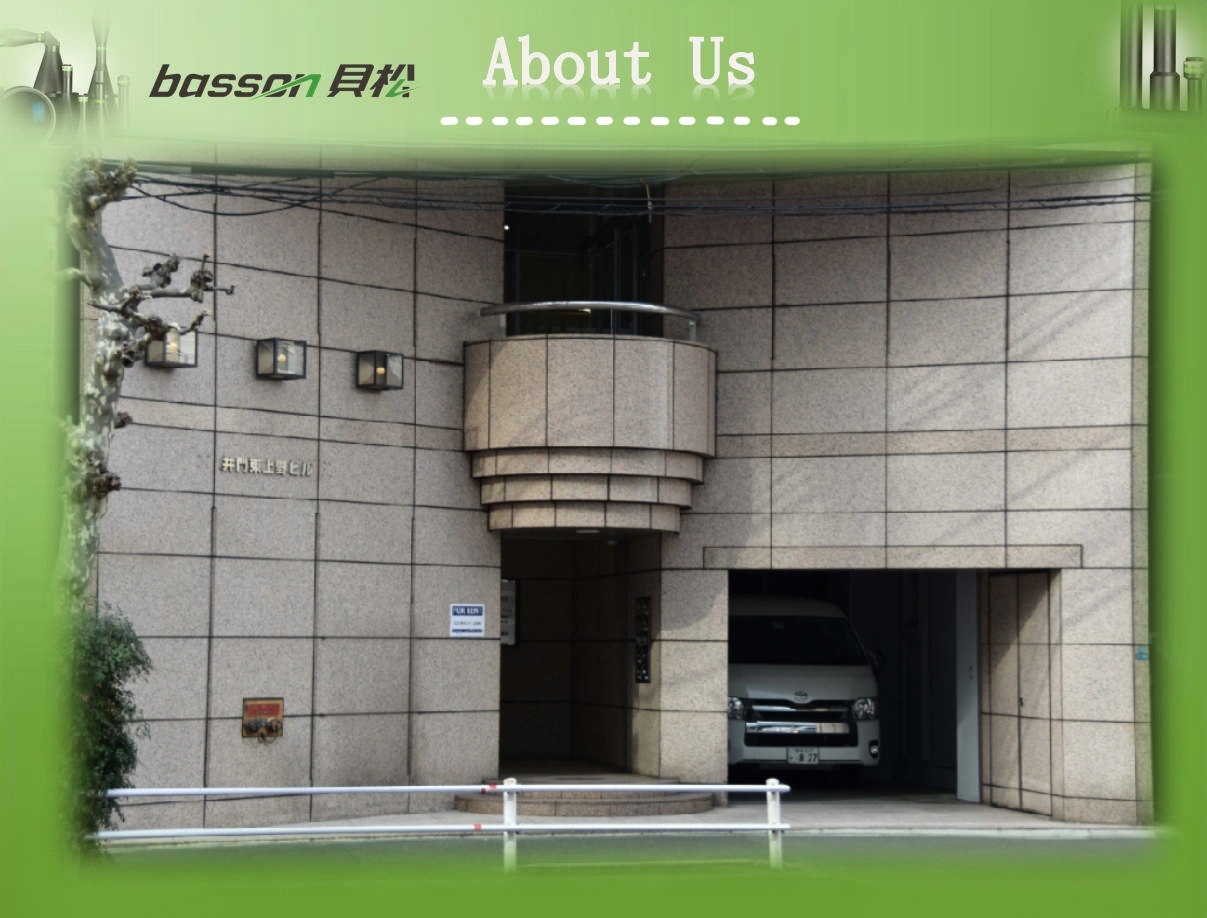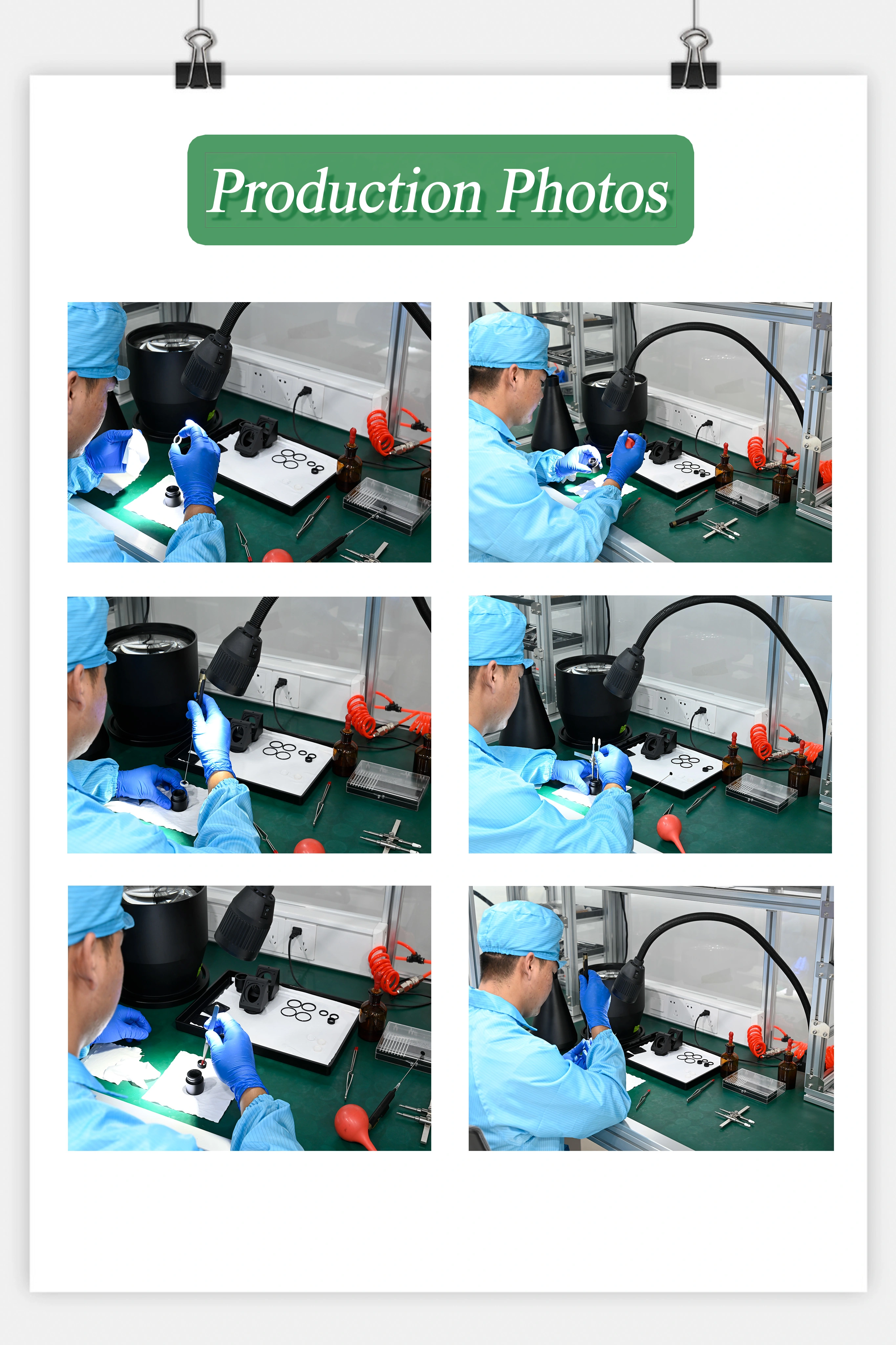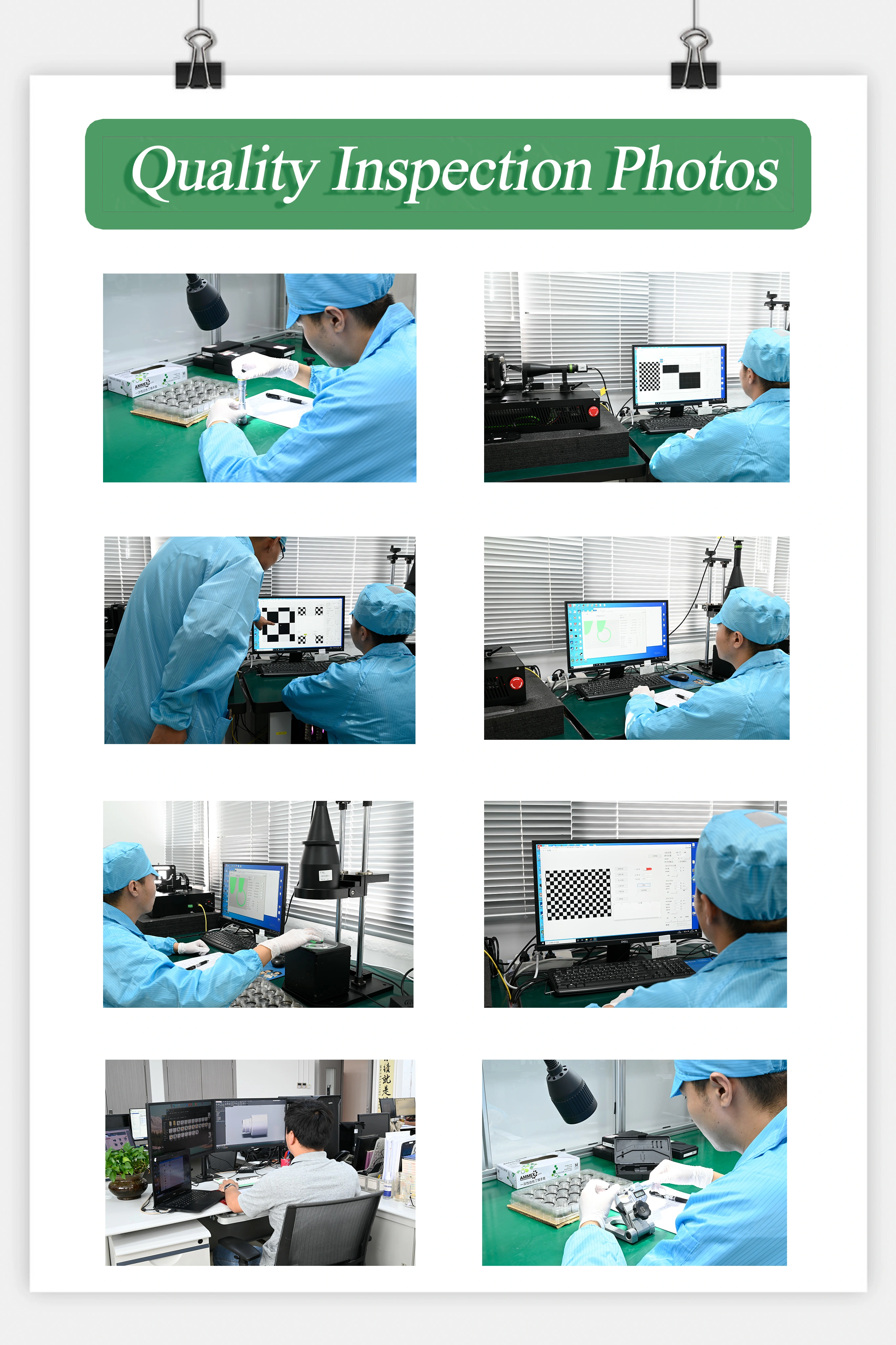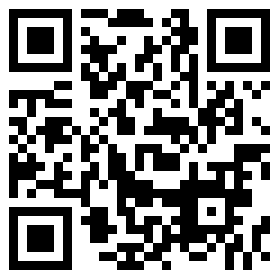The Role and Impact of Telecentric Lenses in Automated Quality Control
In the realm of automated quality control, precision and accuracy are non-negotiable. As industries strive to enhance product quality and production efficiency, the role of advanced optical technologies becomes increasingly significant. Among these technologies, telecentric lenses have emerged as a pivotal component in achieving high standards of quality control.
Telecentric lenses are specialized optical devices designed to provide consistent image quality across the entire field of view. Unlike conventional lenses, telecentric lenses maintain parallel light rays entering the lens, resulting in an image with uniform magnification and minimal distortion. This characteristic is particularly beneficial in automated quality control, where precision is critical.
One of the most significant advantages of telecentric lenses in automated quality control is their ability to provide accurate measurements, a feature that addresses several challenges inherent in traditional imaging systems. In conventional optical systems, the magnification of an object can vary based on its position within the field of view. This variation arises because traditional lenses exhibit perspective distortion: objects that are closer to the lens appear larger, while those farther away seem smaller. This distortion becomes a critical issue in applications requiring high precision, such as quality control, where even slight measurement errors can lead to incorrect assessments and potential rejection of acceptable products.
Telecentric lenses are specifically designed to counteract this problem by maintaining a constant magnification across the entire field of view. This is achieved through their unique optical design, which ensures that light rays entering the lens are parallel. As a result, objects in the image are reproduced at a consistent size regardless of their distance from the lens. The absence of perspective distortion allows for uniform scaling of the object, ensuring that measurements are accurate and repeatable.
This consistency in magnification is particularly advantageous in automated quality control systems where precise measurements are essential for detecting minute defects or deviations in products. For instance, in the automotive industry, components like gears and bearings must meet stringent dimensional tolerances. A traditional lens might show variations in size due to perspective effects, leading to inaccuracies in measurement that could result in faulty parts being approved or acceptable parts being incorrectly rejected. In contrast, a telecentric lens ensures that measurements are not influenced by the object's position within the field, thereby enhancing the reliability of the inspection process.
Furthermore, the uniform magnification provided by telecentric lenses facilitates more accurate and repeatable measurements. This repeatability is crucial in high-speed manufacturing environments where consistency across multiple inspections is necessary to maintain quality standards. Automated quality control systems equipped with telecentric lenses can perform rapid and precise measurements, ensuring that every product meets the required specifications without the need for frequent recalibration or adjustments.
In addition, the ability of telecentric lenses to provide accurate measurements contributes to the efficiency of quality control processes. By reducing measurement errors and eliminating the need for corrective actions, telecentric lenses help streamline the inspection workflow. This not only improves the overall productivity of the manufacturing process but also reduces the costs associated with quality control, such as the time and resources spent on rework and re-inspection.
Telecentric lenses are renowned for their exceptional performance in providing high contrast and sharpness, qualities that significantly enhance automated systems' capability to detect fine details and defects. Their unique optical design is pivotal in delivering these advantages, particularly in precision-driven industries such as semiconductor manufacturing.
The core feature of telecentric lenses is their ability to maintain consistent magnification across the entire field of view. Unlike conventional lenses, which exhibit varying magnification depending on the object's distance from the lens, telecentric lenses ensure that the image scale remains constant. This characteristic minimizes distortion and allows for a more accurate representation of the object being inspected. The result is a clearer and more reliable image that is crucial for detecting minute imperfections.
High contrast is another crucial benefit provided by telecentric lenses. The design of these lenses allows them to produce images with sharply defined boundaries between different regions. This high contrast is essential for distinguishing between the product and any potential defects. In automated inspection systems, where images are analyzed by algorithms to identify anomalies, high contrast enhances the effectiveness of these algorithms. The clear differentiation between the product's features and any irregularities ensures that even the most subtle defects are visible and can be flagged for further examination or correction.
In industries like semiconductor manufacturing, where the precision of components is paramount, the ability to detect and measure tiny defects can make a substantial difference in the quality and functionality of the final product. Semiconductors often require microscopic inspection due to the tiny scale of their components and the critical nature of their performance. Even the smallest defect can lead to malfunction or failure of the semiconductor, impacting the overall reliability of electronic devices. Therefore, the high sharpness and contrast provided by telecentric lenses are indispensable in this context. They allow for meticulous inspection of semiconductor wafers and other delicate components, ensuring that any imperfections are identified and addressed before the final product is assembled.
Telecentric lenses offer a multitude of advantages that extend well beyond the realm of mere measurement accuracy, particularly in the context of automated inspection and quality control systems. A significant benefit of telecentric lenses is their ability to minimize image distortion, which is crucial for maintaining the reliability of visual data used in these systems.
Image distortion can severely impact the effectiveness of quality control processes. Distortion occurs when a lens fails to produce an image that accurately represents the object's true shape and dimensions. This can lead to various forms of aberration, such as barrel distortion, pincushion distortion, or chromatic aberration, which skew the visual data and undermine the accuracy of the inspection process. In automated systems, where precise measurements and evaluations are essential, any form of distortion can result in incorrect assessments of the product's quality.
Telecentric lenses are designed to address these issues by providing a more accurate and undistorted representation of the object. Their optical design ensures that light rays entering the lens are parallel, which helps in maintaining a constant magnification ratio across the entire field of view. This parallelism reduces the likelihood of distortions that can occur with traditional lenses, which often experience variations in magnification and image distortion depending on the object's distance from the lens. By eliminating such distortions, telecentric lenses ensure that the images captured are as true to life as possible, allowing for more reliable analysis and evaluation.
In quality control systems, especially those used in manufacturing and industrial applications, the accuracy of the visual data is paramount. Automated inspection systems rely on precise measurements and defect detection to ensure that products meet stringent quality standards. Distortions in the image can lead to false positives or negatives, where acceptable products might be incorrectly rejected or defective ones might be mistakenly accepted. This can not only affect the efficiency of the production line but also result in significant financial losses and potential damage to the company's reputation.
By reducing image distortion, telecentric lenses enhance the reliability of visual data, which in turn improves the accuracy and efficiency of quality control processes. They allow for more precise detection of defects and ensure that the assessment of each product is based on accurate and undistorted visual information. This level of precision is particularly valuable in industries that demand high-quality standards and where even minor deviations can have significant consequences.
In addition to their optical advantages, telecentric lenses also enhance the performance of machine vision systems by integrating seamlessly with various imaging technologies. For instance, when paired with high-resolution cameras, telecentric lenses can capture detailed images that facilitate thorough inspection and analysis. This integration is vital for automated quality control systems that rely on sophisticated image processing algorithms to detect and classify defects.
The impact of telecentric lenses on automated quality control is evident in various industries. In the automotive sector, for example, telecentric lenses are used to inspect critical components such as engine parts and safety features. The precise measurements and high-resolution images provided by these lenses ensure that all components meet stringent quality standards and perform reliably under operational conditions.
Similarly, in the pharmaceutical industry, telecentric lenses are employed to inspect the quality of tablets, vials, and packaging. The consistent magnification and high contrast enable accurate detection of contaminants, defects, or inconsistencies in the packaging, ensuring that only products meeting the highest standards reach consumers. This application of telecentric lenses helps maintain the integrity of pharmaceutical products and complies with regulatory requirements.
The electronics industry also benefits from the use of telecentric lenses in quality control. With the increasing complexity and miniaturization of electronic components, precise inspection is crucial to ensure the functionality and reliability of devices. Telecentric lenses facilitate accurate measurements and detailed inspections of components such as circuit boards and connectors, contributing to the overall quality and performance of electronic products.
As technology advances, the role of telecentric lenses in automated quality control continues to evolve. Innovations in lens design and manufacturing processes are enhancing the performance of telecentric lenses, making them even more effective in various applications. For instance, advancements in materials and coatings are improving the optical characteristics of telecentric lenses, such as reducing aberrations and increasing light transmission. These improvements further enhance the precision and reliability of quality control systems, paving the way for more sophisticated and efficient manufacturing processes.
In conclusion, telecentric lenses play a crucial role in automated quality control by providing consistent magnification, high contrast, and minimal distortion. Their ability to deliver accurate measurements and detailed images makes them indispensable in various industries, from automotive to pharmaceuticals and electronics. As the demand for precision and efficiency in manufacturing continues to grow, the impact of telecentric lenses in ensuring product quality and performance becomes increasingly significant. Their integration into automated quality control systems not only enhances the accuracy of inspections but also contributes to the overall success and competitiveness of modern manufacturing operations.

Basson focuses on machine vision products used for precision measurement and defect detection.
Basson not only provides high-precision bi-telecentric lens systems, telecentric lens systems, telecentric light sources, coaxial illuminations and optical lenses, but also offers customized services.
With products designed in Germany, business planned in the UK and products made in China, Basson is able to provide superior products to customers through its global team. Currently, Basson is in preparation of production and assembly of products in Japan.
Dr. Liu Lu, acting as CTO of Basson, is a PhD degree holder of Oxford University.
Production and testing instruments include optical vacuum coating machines manufactured by Satis in Switzerland and Leybold in Germany, a laser interferometer from Zygo in the US, a spectrophotometer from PerkinElmer in the US, a spherometer from Hofbauer Optik in Germany, a centering instrument from Kyoritsu Electric in Japan, a NC grinding device made by Kojima Engineering in Japan and an automatic centering machine made by Shonan in Japan.


Basson focuses on machine vision products used for
precision measurement and defect detection.
Basson not only provides high-precision bi-telecentric lens systems,
telecentric lens systems, telecentric light sources,
coaxial illuminations and optical lenses,
but also offers customized services.










